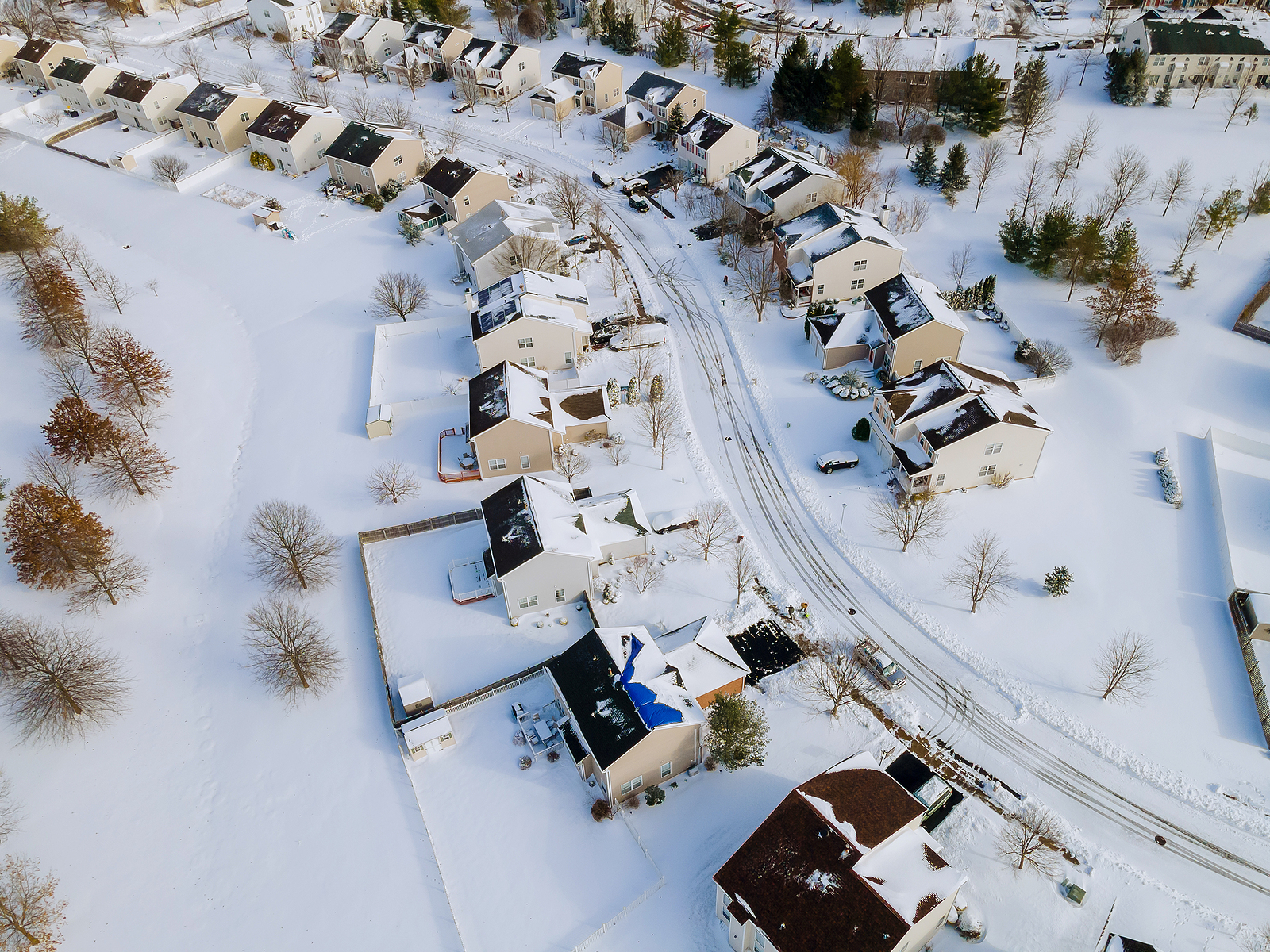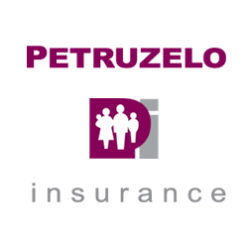
Connecticut winter’s are known to be historically cold and eventful. Rarely does a season pass by without there being at least 1 or 2 major snow events. This year we’ve seen quite a few inches accumulate already and more snow is forecasted to be on the way!
What further compounds the cold weather storms are extreme cold fronts. During these times when temperatures dip very low there are many threats to be aware of. When it comes to your home, knowing what to watch for and how to be prepared is wise.
Here are some of the top winter weather hazards that could affect your Connecticut home as temperatures drop very low in the coming weeks as well as tips for being prepared and protected.
Be sure to talk to an agent at Petruzelo Insurance to see if you have the homeowners insurance coverage you need.
Frozen Pipes
When temperatures outdoors get really low there can be issues inside your home that occur too. One of the most common are frozen pipes. As water expands when frozen, the chance that pipes will contract and burst if water in them freezes also increases during very cold times. Prior to winter, it’s important to visually inspect for problems such as cracks in the pipes and also to see that proper insulation has been used. If a frozen pipe is found, you should apply heat to the area using a space heater, blow dryer or a heating pad then the faucet on and allow water to start flowing again.
Collapsing Roofs
One of the biggest concerns when it comes to lots of snowfall is roof collapses. The heavy weight from the snow can put stress on the dwelling and cause issues. Roof rakes to alleviate some of the weight is one way to help but it’s also important to ensure that your roof has been inspected and that there are no drainage issues or blockages in the gutters before the winter season approaches.
Other Weather-Related Losses
Since winter brings with it lots of icy winds and blowing snow there is the chance for increased exposures and property loss happening. This increases drastically in buildings that are unoccupied. Things like hail damage, falling branches, sewer backups and ice dams present a host of issues and should be considered in the maintenance and planning phases before winter to avoid last minute headaches and losses.
